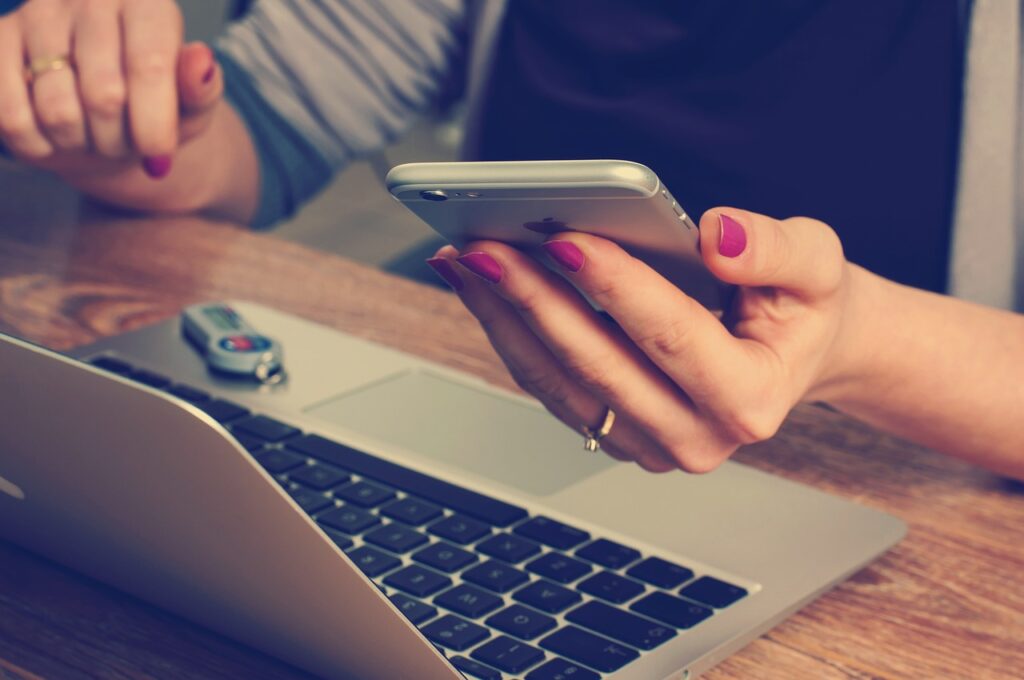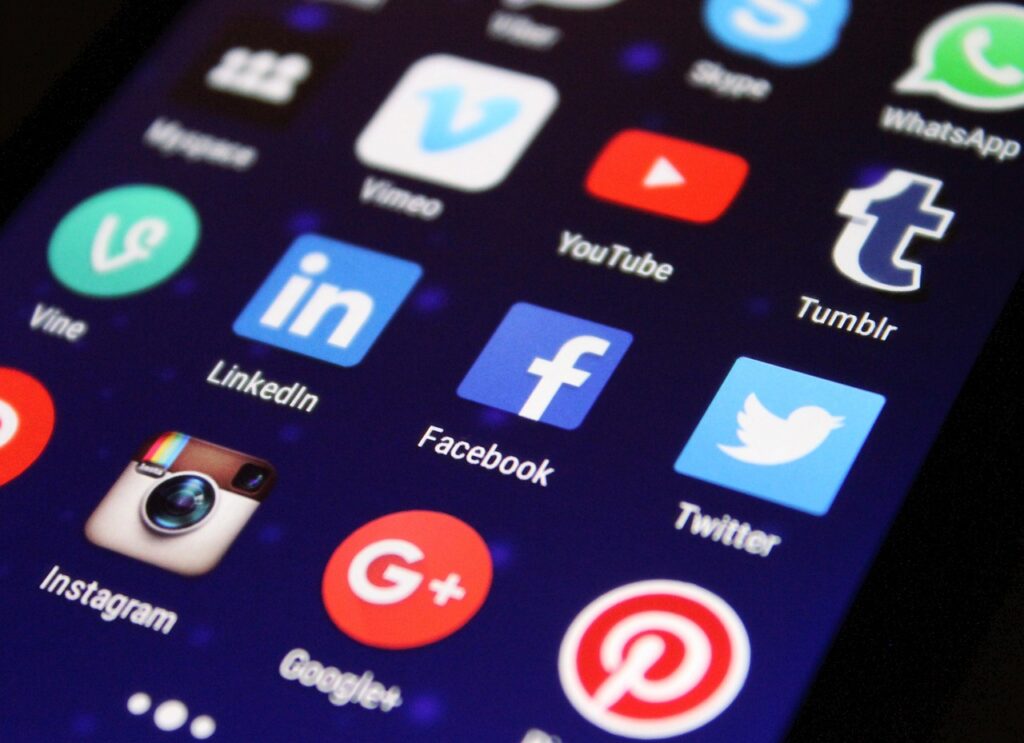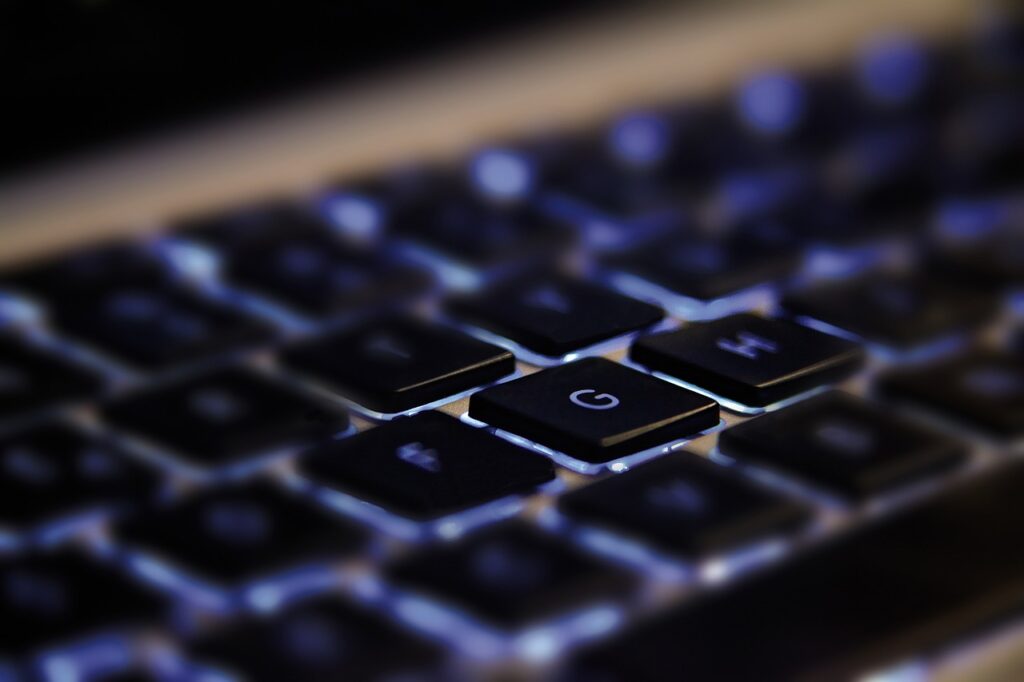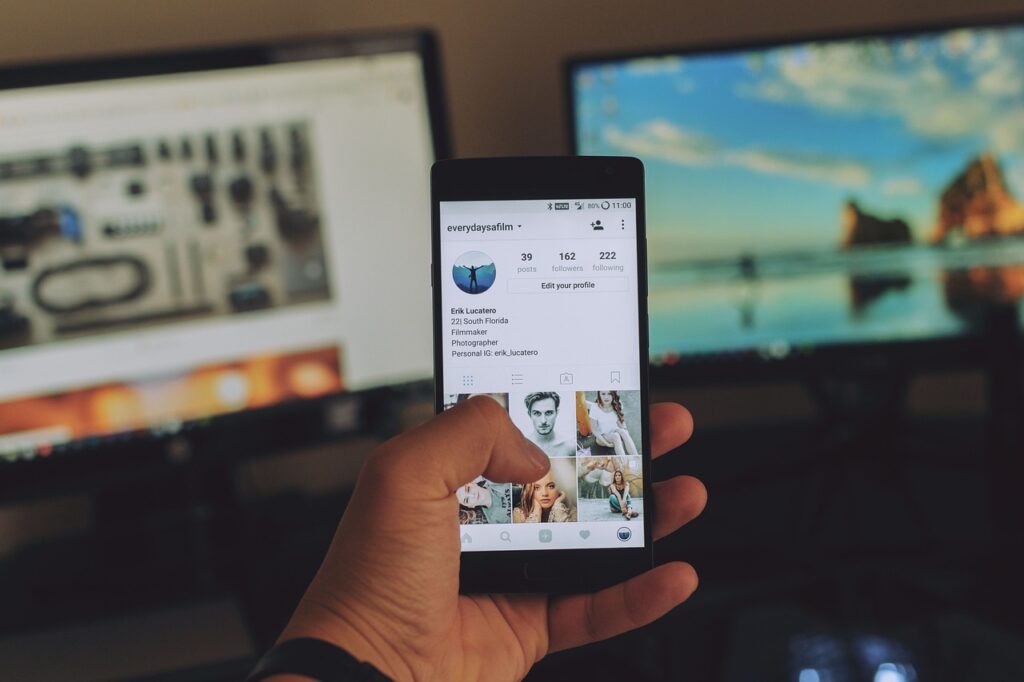Digital Detox: Unplugging for Mental Wellness
If you asked me what my morning routine was, I’d have one generic one in mind. Get up, do a short workout, brush my teeth, grab a healthy breakfast, and then rush off to class. My actual one, on the other hand, is much less healthy. I roll out of bed after killing an hour mindlessly scrolling through all of my socials, force myself to do at least half of a workout, brush my teeth, skip breakfast, and if I’m feeling like it, I go off to class.
I like to think I’m healthy, or at least, I try to be. Sometimes I eat a full breakfast, and sometimes I finish my workout. But one thing I never skip is starting off my day with a scrolling session. Tik Tok, Instagram, Snapchat, sometimes Pinterest or X.
According to the National Center for Health Research, “Many studies have found an association between time spent on social media as well as the number of social media platforms used, and symptoms of depression and anxiety. Most of these studies indicate that time spent on social media is correlated with depression and anxiety, but that doesn’t necessarily mean that social media causes these problems.”
So, there’s correlation, but no causation. Is it worth doing anything about it then?

Why a Digital Detox?
A digital detox is a period of time when we fully disconnect from all digital devices and technology. Nowadays, most people do a detox just for social media. The goal is to reduce the impact of constant digital exposure on mental and physical well-being.
The purpose of a digital detox is to create a healthier balance between technology use and other aspects of life. Continuous engagement with digital devices has been associated with increased stress, anxiety, and sleep disturbances. Just because technology is not a cause of decreased mental wellbeing, it does not mean that there is no relation at all. By taking a break from screens and online activities, we aim to improve their mental clarity, focus, and overall well-being. Taking a break helps us alleviate the consistent stress we put on our mental health every day.
I’m not a tech hater, far from it actually, as a Gen Zer. But, it’s also undeniable that social media can increase stress and anxiety, disturb sleep patterns, and also cause a negative impact on your concentration and focus.
Signs you Need a Digital Detox
It’s never a bad time to do a digital detox, especially when you’re constantly on your phone. I’ve also had difficulty disconnecting from my work emails, refreshing the page constantly. If you’re experiencing issues with halting your social media use, that might also be a sign that you need to take some time to digitally detox.
During a digital detox, people may choose to engage in alternative activities such as spending time in nature, reading physical books, practicing mindfulness or meditation, and fostering face-to-face interactions. The duration of a digital detox can vary, ranging from a few hours to several days or even weeks, depending on individual preferences and goals.

Benefits of Digital Detox for Mental Wellness
Taking a digital detox can yield a lot of different benefits for your mental health. Here are some of the benefits associated with taking a break from digital devices and online activities:
- Improved Mental Clarity: Reduced exposure to notifications and information overload can enhance cognitive function.
- Reduced Stress and Anxiety: A digital detox provides a break from potential triggers, promoting a sense of calm and relaxation.
- Enhanced Sleep Quality: The blue light emitted by screens can disrupt sleep patterns. Disconnecting from devices before bedtime during a digital detox can lead to better sleep quality and improved overall sleep hygiene.
- Increased Productivity: Distractions from constant notifications and online activities can hinder productivity. Taking a break allows individuals to refocus their energy on tasks without the interruptions associated with digital devices.
- Better Interpersonal Relationships: A digital detox encourages more meaningful connections with friends and family, fostering stronger interpersonal relationships.
- Mindful Living: Stepping away from constant connectivity allows individuals to be more present in the moment. Practicing mindfulness and being fully engaged in offline activities can contribute to a greater sense of well-being.
- Enhanced Creativity: Unplugging from digital sources can stimulate creativity. Engaging in activities that don’t involve screens encourages innovative thinking and allows the mind to explore new ideas.
- Improved Mood: Breaks from digital interactions can contribute to a more positive mood. Reduced exposure to online negativity and comparison may lead to a more optimistic and balanced emotional state.
- Balanced Technology Use: A digital detox promotes a more mindful approach to technology use. We are encouraged to establish healthier habits and boundaries when reintegrating digital devices into their lives, ensuring a more balanced and conscious relationship with technology.

How to implement a digital detox
Starting a digital detox is the hardest part of this experience, in my opinion. I could have the reasoning, the passion, and the intent to do it, but actually getting going doing a digital detox was impossible.
The best way to start is by setting realistic goals. Are you really going to be able to stay off your technology for a whole month? Consider potential hurdles, such as work, school, or social life. Maybe you just need to delete social media or maybe it needs to be a full technology shutdown. Whatever you do, don’t forget your basic needs of human connection need to be met.
In addition to this, create a digital schedule for yourself. How long are you planning to do the detox for? Identify alternative activities and plan them out for your day. Think about your favorite hobbies and set a specific time to do them.
Some other things you might want to consider while completing this detox is telling your family and friends and asking one or two people to keep you accountable. Especially if you live together, it would be very easy and helpful to do the detox with someone. You can also find support through communities to have some more human support. Use apps to limit your screen time in accordance with the goals you set prior.
Reintegrating Technology Mindfully
Once you’re done with a detox, it’s very easy to jump back in full swing to your old digital habits. Make sure you are reintegrating your technology mindfully. Establishing healthy digital habits with screen time limits, and balancing technology use and mental wellness are crucial to creating a routine that’s mindful and healthy for you.
At We Rise, we practice culturally competent care and continually work to improve our care with our therapists. If you are looking for more therapy options, click here to learn more about our services here at We Rise Therapy and Wellness! We serve women of color in New Jersey.


